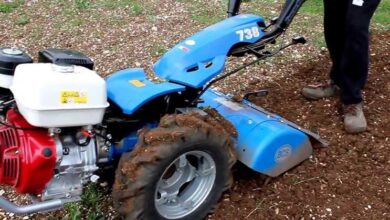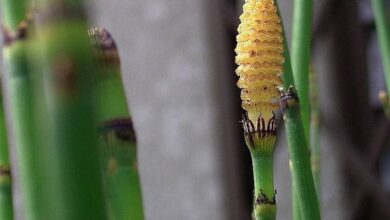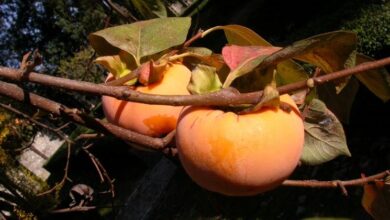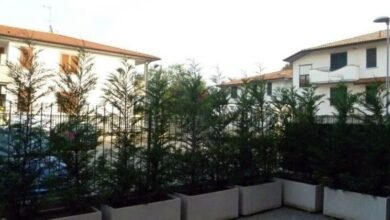Walnut – Juglans regia
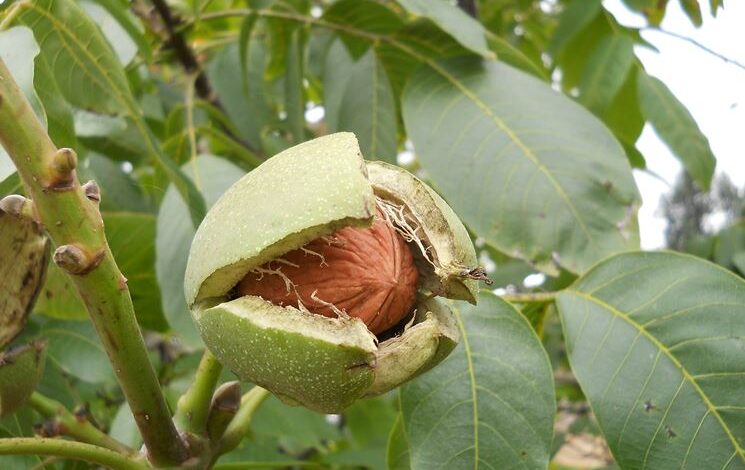
Generality
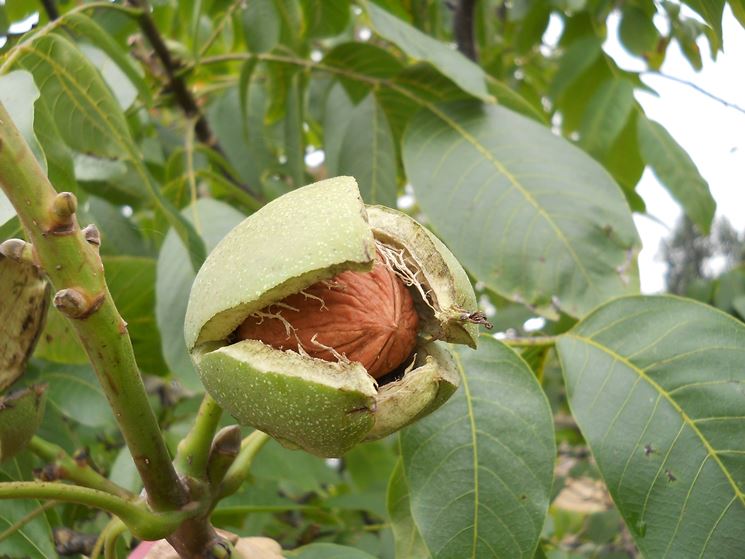
Climate and terrain
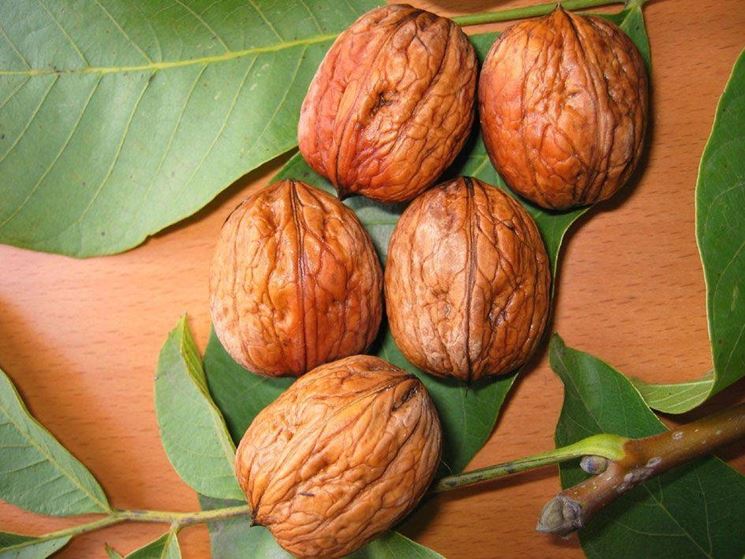
The common walnut prefers sunny hilly or flat areas, with a mild climate, because it is sensitive to late frosts, so it is better to avoid the valley floors; it has a good resistance to winter cold, down to temperatures of – 20 ° C, in fact it can go up to an altitude of 800-1000 m. The common walnut prefers fresh, medium-textured, fertile, deep, well-drained soils rich in organic substance, it also adapts to moderately calcareous soils, while it avoids clayey and humid ones as it is sensitive to root asphyxiation. It is a species native to Asia, then it spread to Europe and Italy, where it is cultivated both in the north and in the south.
Variety
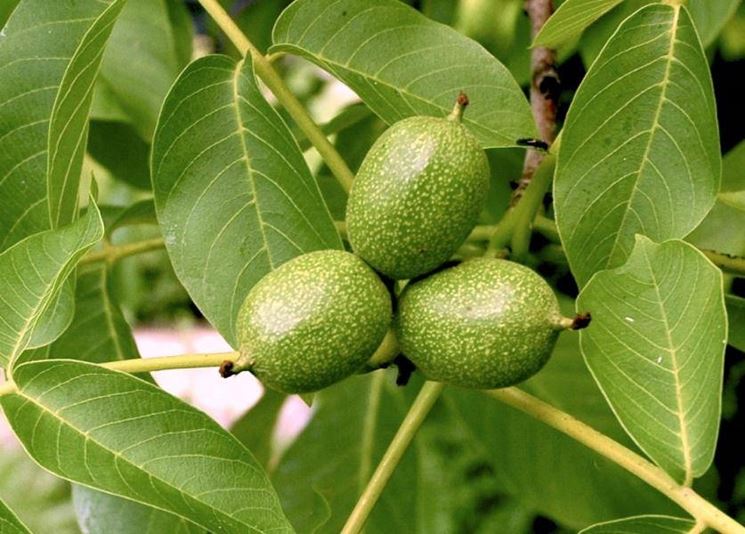
The walnut cultivars must have a good and constant productivity, so at the time of pollination the female flowers must be open, a vigor not excessive allowing an early entry into production and a reduced size of the plants, and a large fruit, of regular shape, with an endocarp that can be whitened and with high yield in shelled (46-50%). The Californian varieties are characterized by an early fruiting and a sensitivity to winter colds and spring frosts due to early budding, so they do not adapt to some Italian environments, especially the northern ones. The most frequent cultivars in our country are the Italian Noce di Sorrento (the most cultivated), San Giovanni, Feltrina and Bleggiana; the French Franquette, Corne, Parisienne and Mayette;
Rootstocks
The walnut multiplies by seed or by grafting, the plants obtained from seed are heterogeneous and are planted after 2-3 years in the nursery, otherwise they are used to obtain rootstocks; ungrafted plants are used for plants aimed at producing wood. Among the rootstocks we remember the common walnut franc, the American walnut and the hybrid Paradox.
The franc is rustic and resists leaf chlorosis, while it fears the rot of the collar and roots. The American walnut induces an early entry into production and a reduced vigor, however it requires fertile and irrigated soils; it is mostly used in France. Paradox is obtained from the Juglans hindsii species and the common walnut, it is a rootstock with a high vigor used in California.

